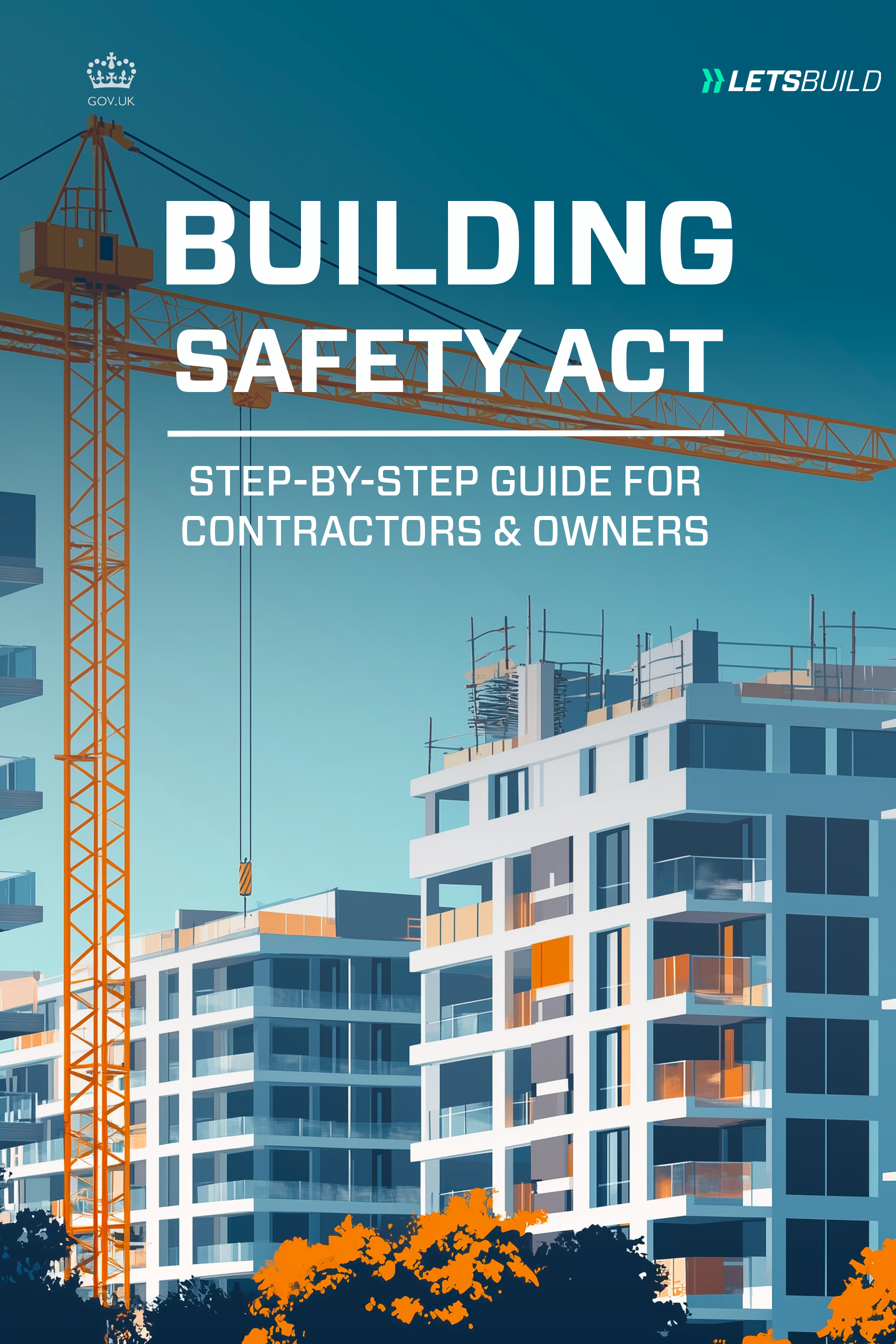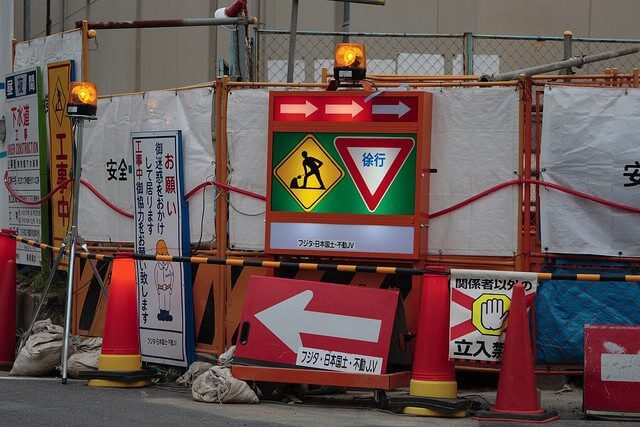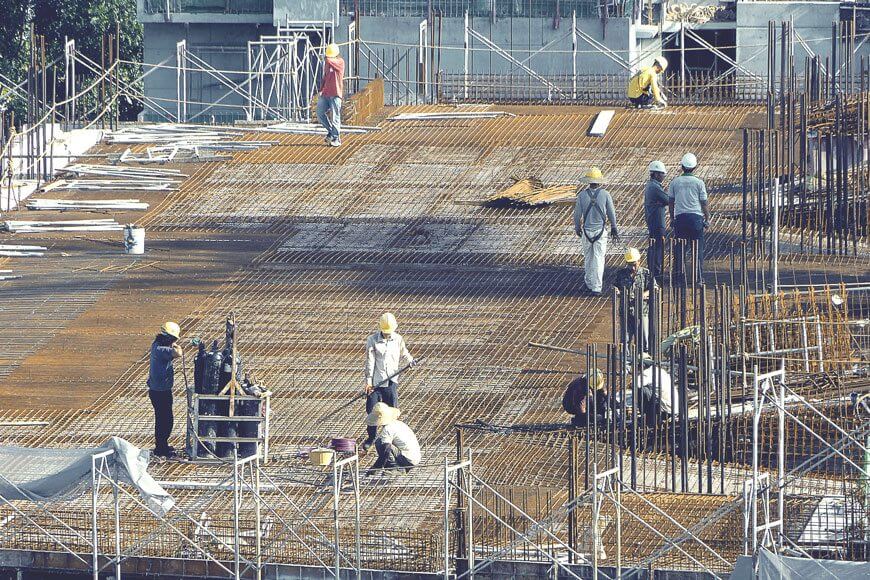In the UK, the cladding scandal is still a major problem for the building sector. After the Grenfell catastrophe, years of work have been made to solve fire safety issues, but progress has been sluggish and major obstacles still exist. In response, the government has suggested stricter fines and additional charges to speed up cleanup, as well as new deadlines for removing dangerous cladding.
Download our guide: Building Safety Act Guide for Contractors & Building Owners
Government’s Decisive Action: A Step Forward?
Recently, the UK government unveiled an expedited plan to remove hazardous cladding from residential structures. The government is taking “decisive action” to address the safety concern, according to Housing Secretary Angela Rayner, who said, “Thousands of people have been left living in homes across this country with dangerous cladding more than seven years after the Grenfell tragedy.” For far too long, the rate of repair has been far too slow.
By the end of 2029, buildings taller than 18 meters with dangerous cladding that were financed by government programs must be fixed, according to the revised plan. Structures taller than 11 meters must also meet this deadline, either by fixing the cladding or by establishing a specific timetable for restoration. The goal of the government’s remedy acceleration strategy is to expedite these initiatives, supported by enforcement investments, so that landlords either comply or risk severe penalties.
Together with these stricter deadlines, a new tax levy is anticipated to generate an extra £3 billion to pay for the repair of dangerous cladding. The building industry is already under financial hardship, and this fee, which will be assessed as a percentage of the sales value of new developments, will make matters worse.
The Industry’s Response: Criticism and Concerns
Despite the government’s portrayal of these policies as “decisive,” important sector stakeholders have strongly opposed them. Representing impacted leaseholders, the End Our Cladding Scandal group voiced their profound displeasure with the government’s proposals. “Labour’s remediation acceleration plan is incredibly disappointing,” they contend. These plans will just add more levels of bureaucracy to an already incredibly complex process. Additionally, considering that the Building Safety Fund opened for registrations in June 2020, the group referred to the government’s nine-year rehabilitation target as “underwhelming.”
The construction industry’s reaction has also been anything than joyful. The new £3 billion tax fee is causing housebuilders to worry about how it would affect their already narrow profit margins and deter new home developments. Industry executives are especially irritated that the government still does not have accurate data on the number of buildings that need to be remedied, and that only £2.3 billion of the £5.1 billion that was previously funded to address fire safety has been spent.
“The budget had undermined the private sector’s ability to invest in businesses and workforce,” said Anna Leach, Chief Economist of the Institute of Directors, highlighting the effect of higher taxes and regulatory uncertainty on company confidence. The building industry, which is already under strain from growing costs and regulatory requirements, is mostly in agreement with this sentiment.
Watch our webinar: The golden thread explained: tools and strategies for seamless compliance
The Building Safety Levy: Burden or Necessity?
It is anticipated that the recently implemented Building Safety Levy, which is based on the sales value of new developments, will generate £3 billion. The 4% corporate tax surcharge that home builders agreed to pay in 2020 to address fire safety concerns is in addition to this levy. “Too many people are still living in homes covered in unsafe cladding,” the Housing Department spokeswoman said, reinforcing the importance of these actions. We need to expedite the remedial process.
Critics counter that this levy unfairly burdens developers, particularly those who are already facing reduced margins as a result of prior taxes and increased prices. At a time when housing demand continues to exceed supply, there is concern that this additional financial strain may discourage the building of new homes. The sector has expressed worries that this tax, together with stricter employment laws and financial strains, would seriously impede new advancements.
The economic environment is already difficult, according to home builders, with company confidence at its lowest position since the pandemic. Concerns about rising taxes and unstable economies contributed to a notable decline in company confidence, according to a poll conducted by the Institute of Directors. Developers and builders are becoming increasingly uneasy, as seen by Shadow corporate Secretary Andrew Griffith’s description of this as “a catastrophic loss of business confidence.”
Read Also: How to Create a Fire Safety Plan for Your Building
Read Also : Why the Golden Thread is Crucial for Construction Safety: Learning from Grenfell
The Cost of Remediation and the Role of Developers
Cladding repair for residential buildings over 11 meters in England is expected to cost between £12.6 billion and £22.4 billion. The government has set aside £5.1 billion of this total, with developers, social housing providers, and private building owners expected to cover the remaining sum. Developers must pledge to expedite evaluations and remediation efforts in accordance with the current remediation strategy. Government statistics state that 29 developers, who own 95% of the impacted structures, have committed to doubling their cleanup rate.
However, the National Audit Office has voiced doubts about these goals’ viability. It cautions that the 2029 deadline will be missed unless significant modifications are made. The End Our Cladding Scandal group agreed, calling the existing state of affairs “far from a comprehensive solution.” They contended that remediation could be further delayed as a result of the additional bureaucracy, which could actually work against it.
Leaseholders’ Plight: Far from Resolution
The situation is still disproportionately affecting leaseholders, many of whom have been confined to dangerous houses for years. “Severe penalties will be meaningless without leaseholders and residents knowing for sure when homes will be made fully safe,” said the End Our Cladding Scandal organisation, which has been outspoken about the lack of clarity and confidence for residents. Many leaseholders have been unable to sell their properties or pay for repair, which has had a severe emotional and financial impact on them.
“Our remediation acceleration plan will ensure those responsible for making buildings safe deliver the change residents need and deserve,” said Angela Rayner, acknowledging the slow pace of progress and highlighting the government’s commitment to holding those responsible accountable. Affected residents are nonetheless dubious about this pledge, pointing to years of unmet goals and broken promises.
Additionally, the proposal imposes harsh penalties for non-compliance, targeting “rogue freeholders” who don’t adhere to the new deadlines. However, leaseholders are concerned that these sanctions would not result in the required improvements if there are unclear deadlines and accountability. The housing agency wants to support these fines with “investment in enforcement,” although it’s still unclear how exactly this would be done in practice.
Balancing Safety and Economic Viability
The construction industry must strike a careful balance between preserving economic viability and guaranteeing resident safety. In addition to putting more financial weight on developers, the new fee and sanctions are meant to speed up repair. There is a chance that higher taxes could discourage new construction, which would exacerbate the current housing problem.
Considering that less than half of the £5.1 billion that was originally allotted has been spent, home builders contend that government funds should be used more wisely. The difficulty is increased by the ambiguity around the number of buildings that still need repair, which makes it challenging for developers to make efficient plans. In the words of Anna Leach, the “private sector’s ability to invest” is being seriously weakened due to a confluence of taxation, economic uncertainty, and regulatory pressures.
Read Also : New vs. Old Buildings: How the Golden Thread Can Restore Confidence in Modern Construction
Read Also : Understanding Gateway 3 and the Golden Thread: The Blueprint for Safer Buildings
A Long Road Ahead
In order to handle the cladding situation, increased deadlines, harsher fines, and an additional levy are all positive initiatives. These steps are not without difficulties, though. The implementation has been critiqued as being unduly bureaucratic and unclear, despite the government’s goal of expediting cleanup and guaranteeing people’ safety.
Campaign organisations, leaseholders, and the building industry all concur that additional work is required to achieve a comprehensive solution. The situation won’t be fully handled until all dangerous cladding is taken down and unambiguous responsibility is set. Finding a balance between ensuring citizens’ safety and the construction industry’s financial sustainability is a challenge for politicians.
Angela Rayner’s statement, “We are taking decisive action to right this wrong and make homes safe,” emphasises how urgent the situation is. However, the promise of safety is still just that—a promise—for a lot of leaseholders. In order to ensure that its measures actually result in the safety and stability that locals need and deserve, the government must take into account the concerns of individuals on the ground as it proceeds with its remedial acceleration plan.




